Smile lines are vertical lines that extend from the sides of the nose and around the mouth; sometimes they can extend to the chin. Smile lines, sometimes called expression lines, are types of wrinkles that develop mainly around the sides of the mouth. Sometimes smile lines can also appear around the eyes. They are more noticeable when you smile.
Some of the causes of laugh lines can be prevented by good lifestyle habits as a young adult. For example, you can use sunscreen every day to prevent wrinkles related to sun damage. Injectable fillers are among the best options for people looking to get rid of smile lines without having surgery. Many are made from hyaluronic acid and are injected into the crease that runs from the mouth to the nose.
The effects are immediately noticeable, but you can also reverse them if you don't like the results. Some common trademarks include Juvéderm and Restylane. The results usually last several months. However, it is believed that after repeated injections, some scar tissue may remain that causes a more permanent filling effect.
Other fillers such as Radiesse, which is made from calcium hydroxyapatite, and Sculptra, which is made from poly-L-lactic acid, can offer more permanent results and can be injected deeper into facial tissues. According to the Cleveland Clinic, Botox injections last approximately three months. To maintain the desired results, you'll need to see your doctor for further treatment. The cost depends on how many units your doctor uses, but can be up to hundreds of dollars per treatment.
Compare the Costs, Uses, and Side Effects of Botox and Fillers. Laser treatments refer to a type of skin rejuvenation technique that removes the top layer of skin cells. The procedure aims to reduce skin spots and wrinkles by revealing the lower layer of new skin. Swelling and pain are common side effects, but they go away after a few days.
Scars and infections are also possible. The American Academy of Dermatology says puncture results are gradual, and full results are expected within nine months. As your skin heals, you may see some bruising and redness. Most people need three to six treatments in.
Over-the-counter creams offer more affordable wrinkle treatment options. Retinol is among the most studied ingredients due to its declared ability to break down free radicals that can cause wrinkles. A study published in the Archives of Dermatology reported significant results in patients with fine lines and wrinkles who used treatments with 0.4 percent retinol. Participants used retinol lotion three times a week for six months.
Treatment Options for Laugh Lines Abound. Talk to your doctor about the options that are best for you based on your specific needs. Surgery is an option, but it's not always necessary. The term smile line refers to the small folds that form at the corners of a smile.
These wrinkles develop as a person ages, adding a new dimension to their smile. Many patients who want a smile makeover ask their cosmetic dentists to get rid of these wrinkles. In general, having a gummy smile line simply means that you show more upper gum tissue when you smile. For most people with gingival smile lines, the concern is mostly cosmetic, however, it may be a symptom of another dental problem for some.
In any case, a high smile line can be easily treated cosmetically or by addressing the type of paper, depending on its cause. The lip line can be defined as the vertical position of the lower edge of the upper lip. It is important to evaluate the lip line when smiling (smile line). The maximum elevation of the upper lip should also be evaluated, during a forced smile.
As the smile expands, the teeth are exposed. The lip line is typically classified into high smile, average smile and low smile. Smile lines are wrinkles, lines, or folds in the skin that begin on the side of the nose and go to the corner of the mouth. The technical term is nasolabial folds, but they are more commonly referred to as smile or laugh lines.
For optimal aesthetics, facial features should align with the lines of the teeth and lips. When your lips form a broad smile, you can draw an imaginary line across the corners of your mouth, from one side to the other. The amount of upper front tooth (anterior maxilla) revealed below this line helps create a vibrant and youthful image. In a youthful smile, the upper front teeth should fill between 75 and 100 percent of the space between the upper and lower lips in a full smile.
In addition, your dentist may recommend treating a rubber smile if excess gum tissue is negatively affecting your oral health by causing tooth decay or gum disease. Although this may seem strange, defining the type of smile is a necessity for cosmetic gingival treatments, as well as for determining the best treatment method for other restorative or cosmetic procedures. So, since the only thing we can really do at home for smile lines is to adopt a top-notch skincare routine rich in peptides, antioxidants, SPF, and retinol, we thought we'd put together six of the expert, editor-approved products to get the job done. A low smile line is usually seen as a “normal” type of gum line, where only the teeth are visible when smiling.
For example, a gummy smile line caused by improper development of the upper jaw may require orthodontic treatment to better align the upper jaw and prevent future problems. As you age, your skin loses collagen and therefore loses elasticity, so the idea behind the puncture is that more collagen can fill wrinkles, such as smile lines. Attractive smiles have several things in common, such as white teeth, no spots, straight, evenly spaced, no gaps between them, and not full or overlapping. To design your perfect smile, your dentist will first need to determine the type of smile line you have.
In other cases, a cosmetic treatment may be desired to improve the visual aesthetics of the smile by removing or reshaping gum tissue. This includes the removal of smile lines, wrinkles that line the skin in the corners of the mouth. A gummy smile line is the dental term used to describe the exposure of upper gum tissue when you smile naturally. Once your dentist has determined the orientation of your smile line, they can design its curve or shape and determine the length of your new restorations.
Therefore, when it comes to treating a gummy smile line, the root cause will first need to be identified and addressed to ensure the best treatment results. In general, gummy smile lines are another way of describing a rubber smile in which the upper gums are visible when smiling. The “ideal” smile should not show more than three millimeters of gums between the top of the tooth and the bottom of the upper lip. If you needed another reason to quit smoking, you should know that quitting smoking now can help prevent future wrinkles, including smile lines.
. .
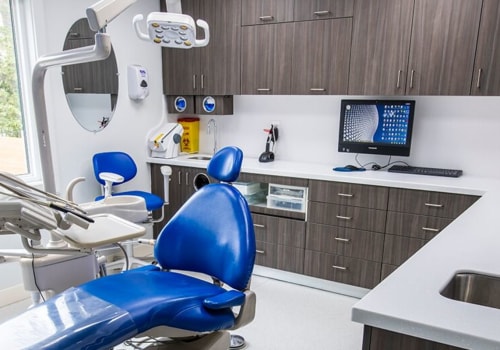

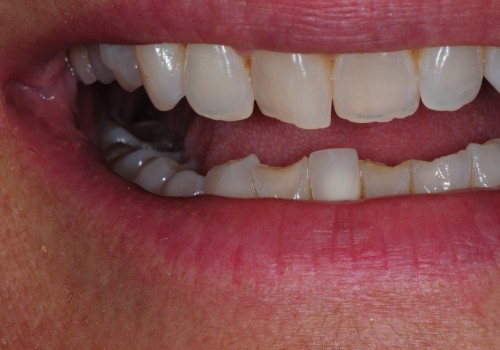
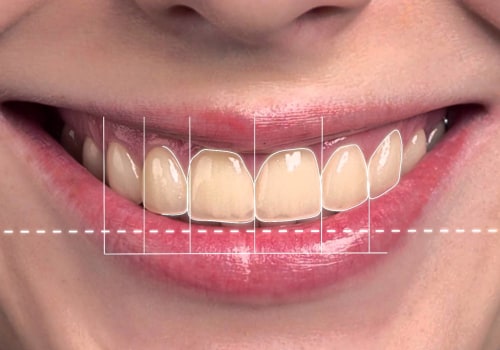


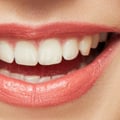
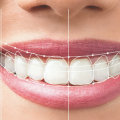
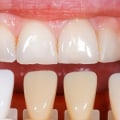



Leave Reply